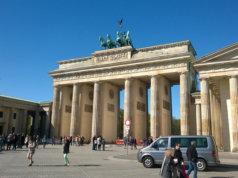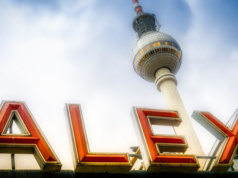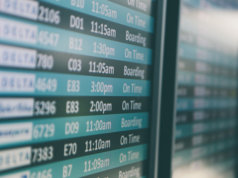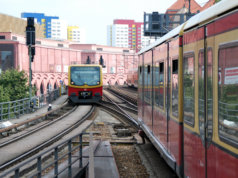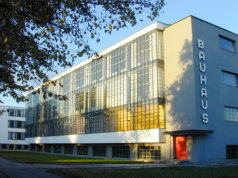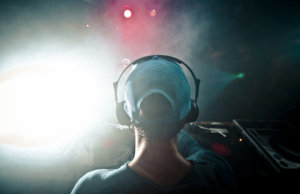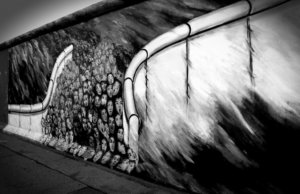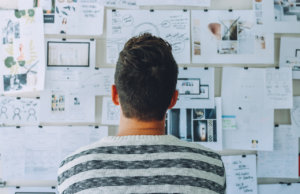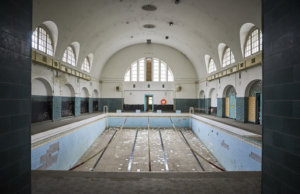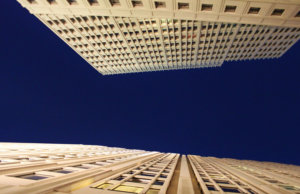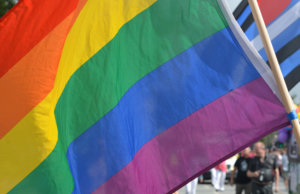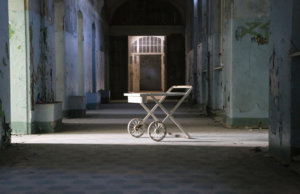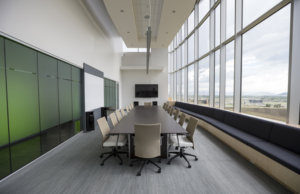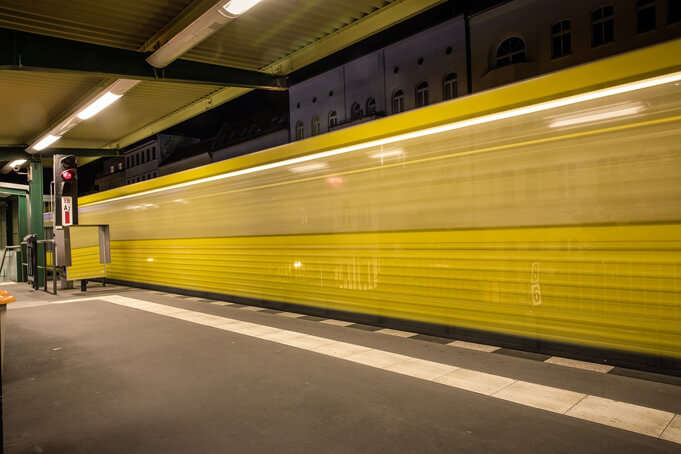
Berlin’s public transport has been making a bit of a statement as of late with their pretty solid trolling of US President Trump. And we thought Germans didn’t have any humor?
Gute Neuigkeiten: Die Pünktlichkeit unserer Züge liegt heute bei 120 Prozent. #alternativefacts pic.twitter.com/ZM8nIeSGUp
— Deutsche Bahn AG (@DB_Presse) January 23, 2017
Okay, einen Nachteil gibt es:
Eine Mauer darfst du hier nicht bauen. pic.twitter.com/UxXwu3mqTP— Weil wir dich lieben (@BVG_Kampagne) January 20, 2017
Have you ever noticed that each of Berlin’s Ubahn stations look totally different from each other? To many, these iconic stations have become part of Berlin. But have you ever wondered why they are all so distinctive?
More than just a pretty face
Well, it turns out these stations are more than a pretty face – they serve a great purpose too. To visitors, it may seem strange that each of the Ubahn stations features a totally different design and architectural style. This not only gives each station their own unique “look”, but also makes them quickly recognizable.
Why? To help those passengers who are visually impaired. Essentially, by making each station so distinct, passengers who have trouble seeing don’t have to strain to see which station they’re at. And to be honest, it’s pretty good for visitors to the city too!
This is so different from any other metro system in Europe I’ve visited. That is except for the HafenCity Universität Ubahn Station in Hamburg that offers passengers hourly light shows.
In addition to the distinctly decorated stations, other innovations include creating grooves on the floor to guide blind passengers, indicating stops such as the stairs and escalators as well as where the doors will open. These passengers can then feel the ground with their walking cane to know where to go.
This also makes the trip safer, because those who are blind know that the system of grooves by the train tracks marks the end of the platform. Thus, they shouldn’t walk any further.
Continuing to improve service for those with disabilities
According to a spokesman for the Berlin public trasnport company BVG, they are still working to make using the network even easier for those with visual impairements. One such implementation will be to ensure all information is read aloud over loudspeakers.
“This would mean that people who are visually impaired will no longer have to read everything; they will have everything read for them,” he says.
Check out some of the most iconic stations here:
https://www.instagram.com/p/BO19zyOBMEY/?tagged=berlinubahn&hl=en

